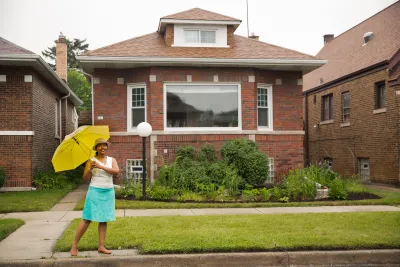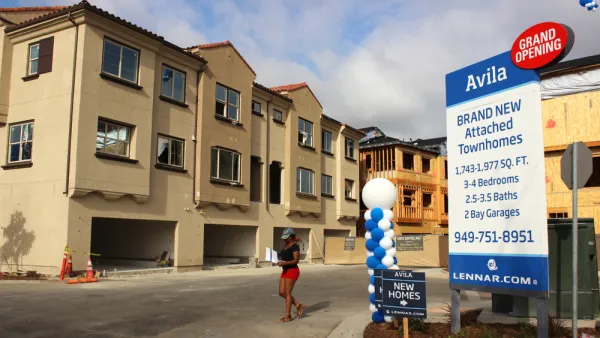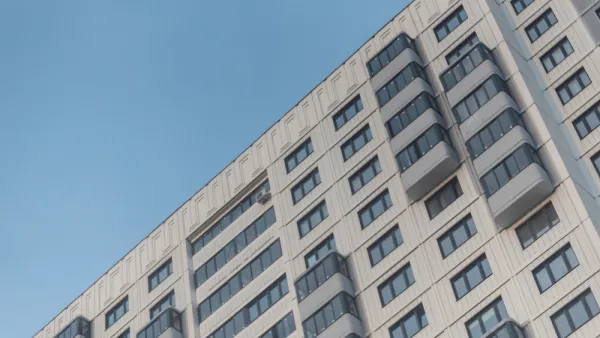Black Americans pay a higher price to be homeowners—and the number of those who can afford to pay that price is dropping quickly.

Feature reporting by Ailsa Chang, Christopher Intagliata and Jonaki Mehta dig into the past and present of what the headline of the story refers to as the "racist architecture of homeownership."
The statistics that explain the state of Black homeownership in the United States are staggering:
Over the last 15 years, Black homeownership has declined more dramatically than for any other racial or ethnic group in the United States. In 2019, the Black homeownership rate was about as low as in the 1960s, when private race-based discrimination was legal.
And after the explaining the history of redlining and other discriminatory practices built into the legal and financial systems of the country, the article explains this:
Today, many of the same neighborhoods that were redlined continue not only to have the highest poverty rates, but also worse health outcomes that lead to shorter lifespans. And Black Americans are nearly five times more likely to own a home in a formerly redlined neighborhood than in a greenlined, or "desirable," neighborhood, resulting in less home equity than white Americans have.
The article illustrates its points with human interest angles and a deep dive into the causes and effects of racism in the housing and development market of the greater Los Angeles area, starting with the neighborhood of Sugar Hill, razed and severed by the construction of the Interstate 10 Freeway, before also describing blockbusting in the city of Compton and the emigration of Black Americans from urban areas to suburban and exurban locations in the Inland Empire to the east of Los Angeles—the latter interrupted by the disparate impacts of the foreclosure crisis and predatory lending of the Great Recession.
A recent report by the Urban Institute offers supplemental reading about the causes of the decline of Black homeownership in six neighborhoods around the country.
FULL STORY: Black Americans And The Racist Architecture Of Homeownership

Analysis: Cybertruck Fatality Rate Far Exceeds That of Ford Pinto
The Tesla Cybertruck was recalled seven times last year.

National Parks Layoffs Will Cause Communities to Lose Billions
Thousands of essential park workers were laid off this week, just before the busy spring break season.

Retro-silient?: America’s First “Eco-burb,” The Woodlands Turns 50
A master-planned community north of Houston offers lessons on green infrastructure and resilient design, but falls short of its founder’s lofty affordability and walkability goals.

Test News Post 1
This is a summary

Analysis: Cybertruck Fatality Rate Far Exceeds That of Ford Pinto
The Tesla Cybertruck was recalled seven times last year.

Test News Headline 46
Test for the image on the front page.
Urban Design for Planners 1: Software Tools
This six-course series explores essential urban design concepts using open source software and equips planners with the tools they need to participate fully in the urban design process.
Planning for Universal Design
Learn the tools for implementing Universal Design in planning regulations.
EMC Planning Group, Inc.
Planetizen
Planetizen
Mpact (formerly Rail~Volution)
Great Falls Development Authority, Inc.
HUDs Office of Policy Development and Research
NYU Wagner Graduate School of Public Service




























